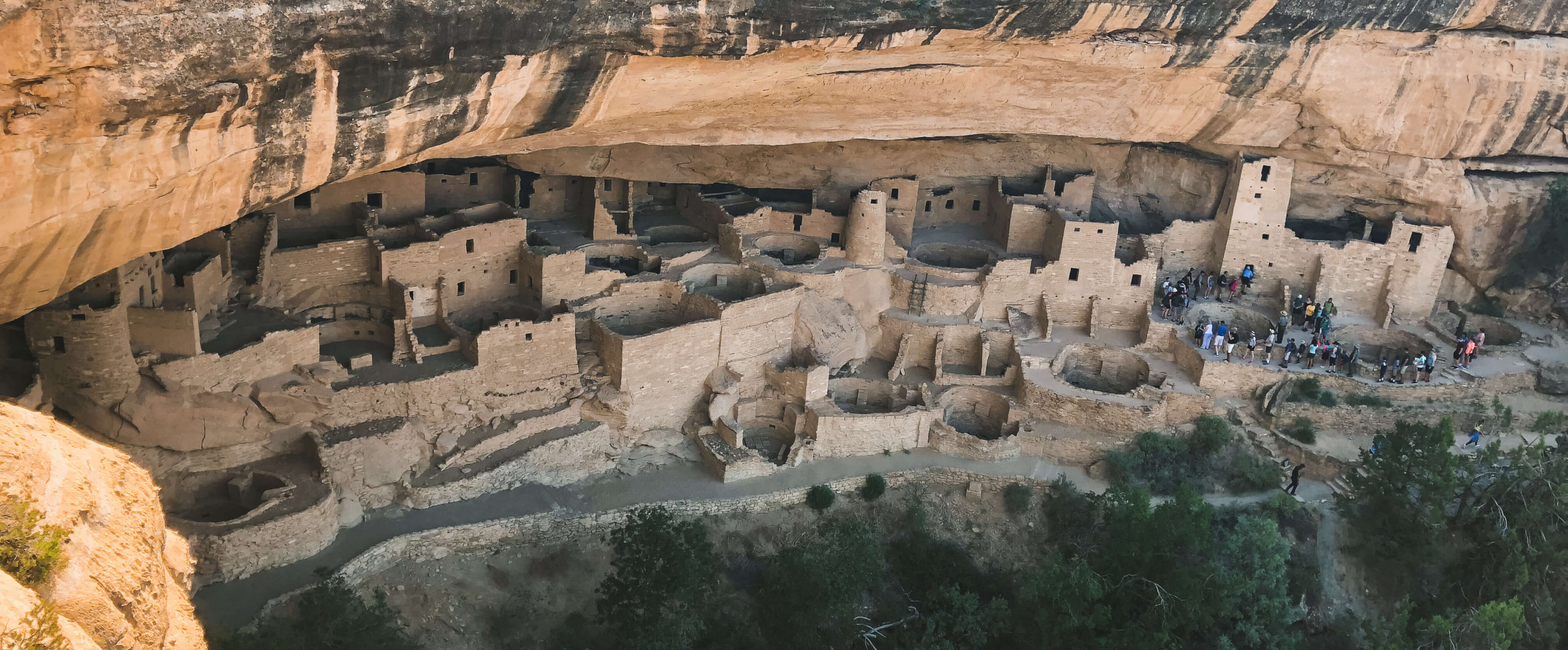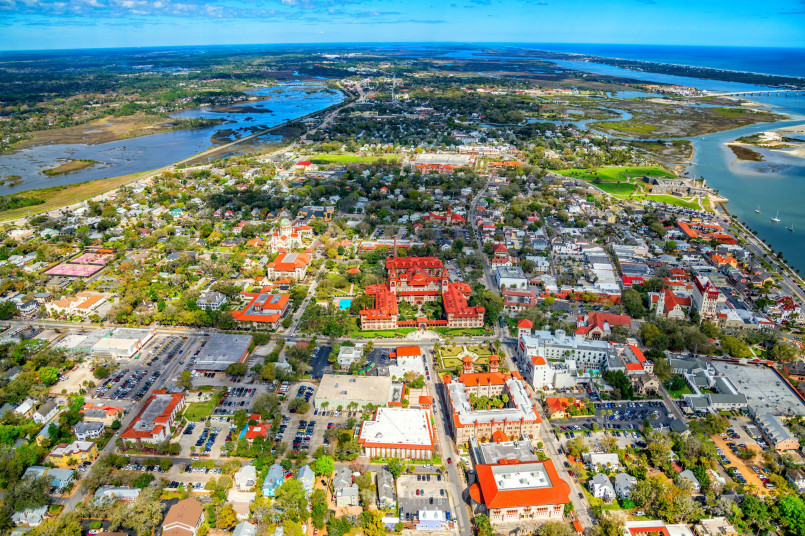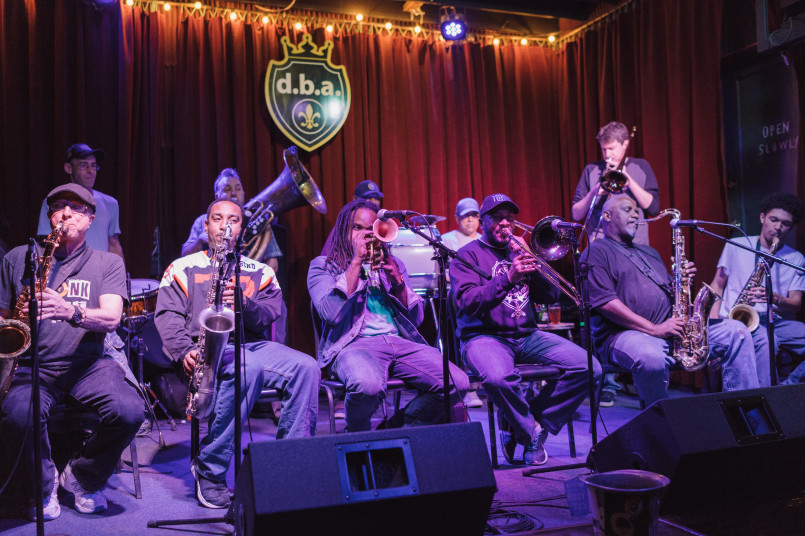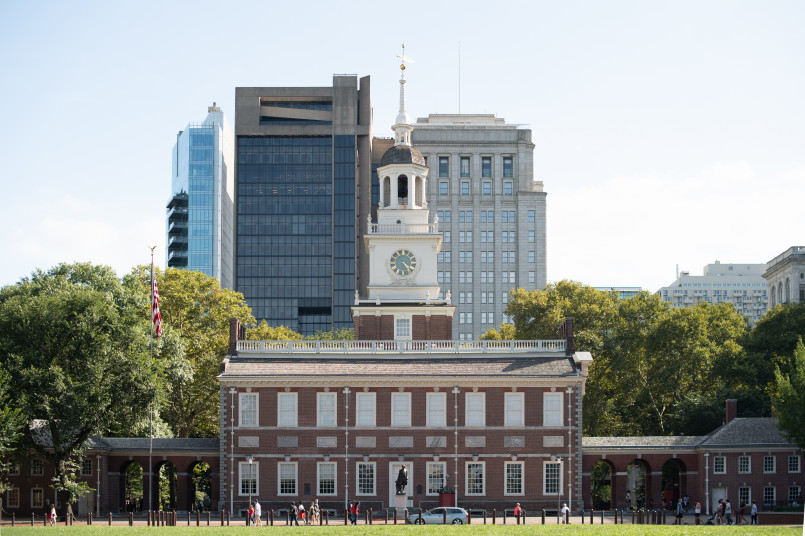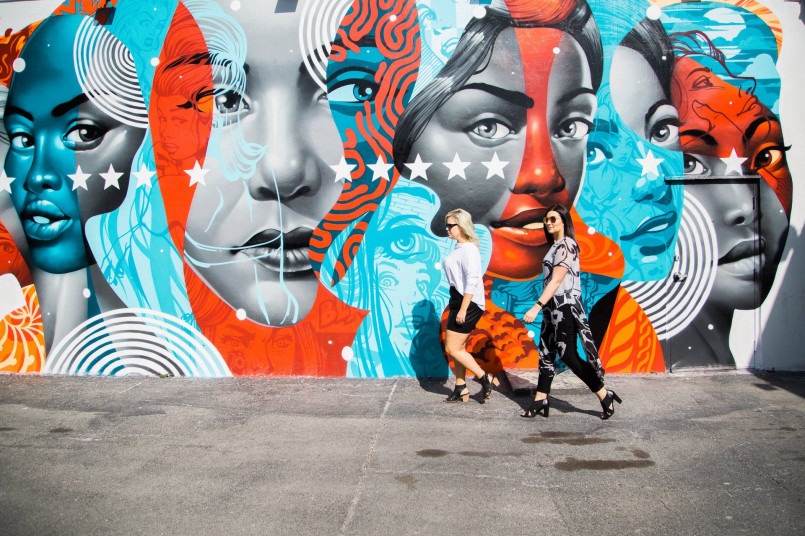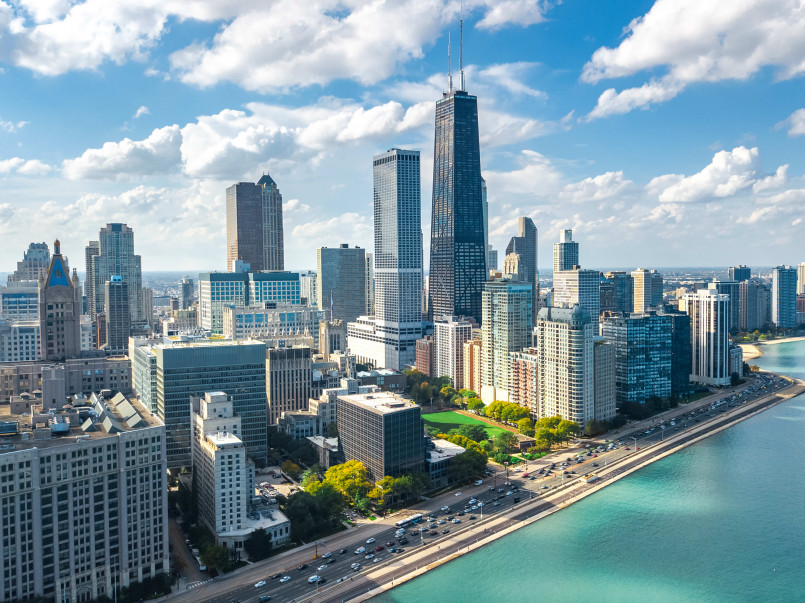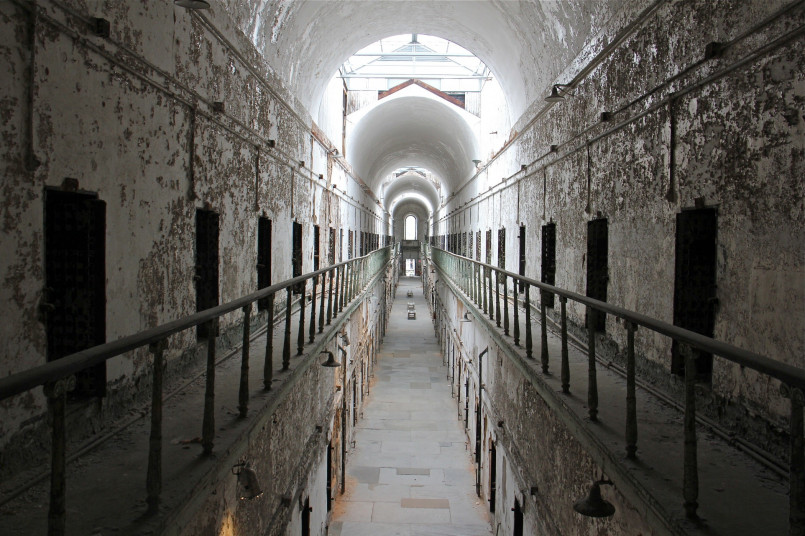Immerse yourself in the rich tapestry of Native American heritage at these cultural landmarks across the United States. From ancient cliff dwellings to modern cultural centers, these destinations offer authentic experiences that honor the first peoples of America while providing visitors with unforgettable insights into indigenous history, art, and living traditions.
The cultural legacy of Native Americans forms an essential part of America's identity, offering profound insights into sustainable living, spiritual practices, and artistic traditions that have endured for millennia. Today, there are 574 federally recognized tribes across the United States, each with unique languages, customs, and traditions that have survived despite historical challenges.
For travelers seeking authentic connections with indigenous cultures, these destinations provide immersive experiences where you can learn directly from Native communities, support indigenous-owned businesses, and develop a deeper appreciation for America's first peoples. From ancient archaeological wonders to vibrant contemporary cultural centers, each site tells a vital part of America's complex story.
Mesa Verde National Park, Colorado
Home to some of the best-preserved Ancestral Puebloan cliff dwellings in North America, Mesa Verde National Park offers visitors a glimpse into indigenous life from over 700 years ago. The remarkable multi-story structures built into the sheltered alcoves of canyon walls showcase sophisticated architectural knowledge.
The park's Cliff Palace-the largest cliff dwelling in North America-contained 150 rooms and housed approximately 100 people. Guided tours led by knowledgeable rangers explain how these ancient people thrived in this challenging landscape, developing innovative farming techniques and creating a complex society.
The park's museum exhibits thousands of artifacts, from intricate black-and-white pottery to tools and ceremonial items that help tell the story of daily life. For the most authentic experience, visit during cultural demonstrations when Native American artisans share traditional crafts and techniques.
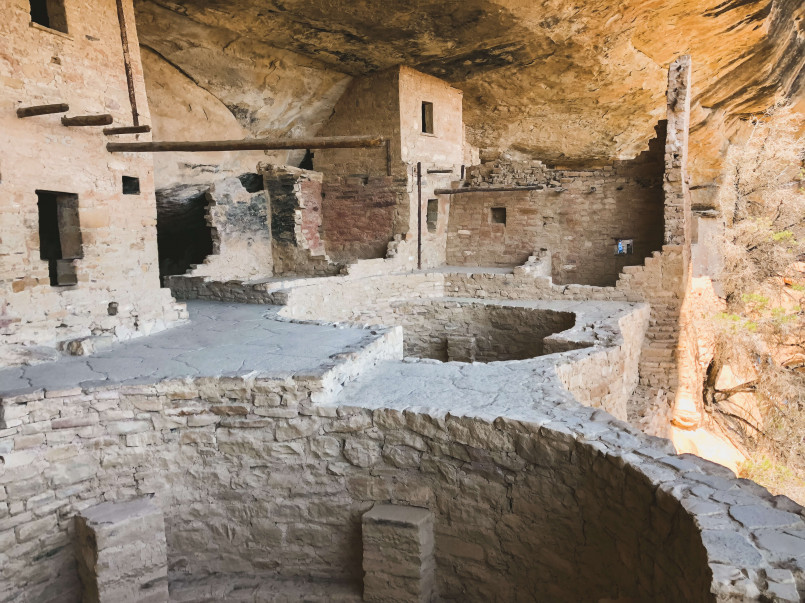
Heard Museum, Phoenix
Founded in 1929, the Heard Museum has evolved into one of the premier destinations for Native American art and cultural artifacts. The museum's collection includes more than 44,000 objects with particular emphasis on the cultures of the Southwest.
The landmark exhibition "Remembering Our Indian School Days: The Boarding School Experience" offers a moving exploration of the federal Indian boarding school system and its lasting impact on Native communities. This unflinching look at difficult history provides important context for understanding contemporary Native American issues.
What makes the Heard especially valuable is its commitment to showcasing living traditions. The annual World Championship Hoop Dance Contest and Indian Fair & Market bring together hundreds of Native artists, performers, and cultural bearers from across North America, creating opportunities for direct cultural exchange.
Taos Pueblo, New Mexico
Continuously inhabited for over 1,000 years, Taos Pueblo stands as one of America's oldest living communities. This UNESCO World Heritage Site features stunning multi-story adobe buildings constructed of earth, straw, and water that have been maintained using traditional methods across centuries.
Visitors can tour the pueblo with Native guides who share insights into their community's history, architecture, and ongoing cultural practices. The San Geronimo Chapel, rebuilt after the 1847 war, represents the complex religious history of the pueblo, where traditional spiritual practices exist alongside Catholicism.
When visiting, you can purchase handcrafted items directly from artisans, including micaceous pottery (distinguished by its sparkly appearance), jewelry, and drums. The pueblo hosts several ceremonial events throughout the year, including feast days and dances that have deep spiritual significance.
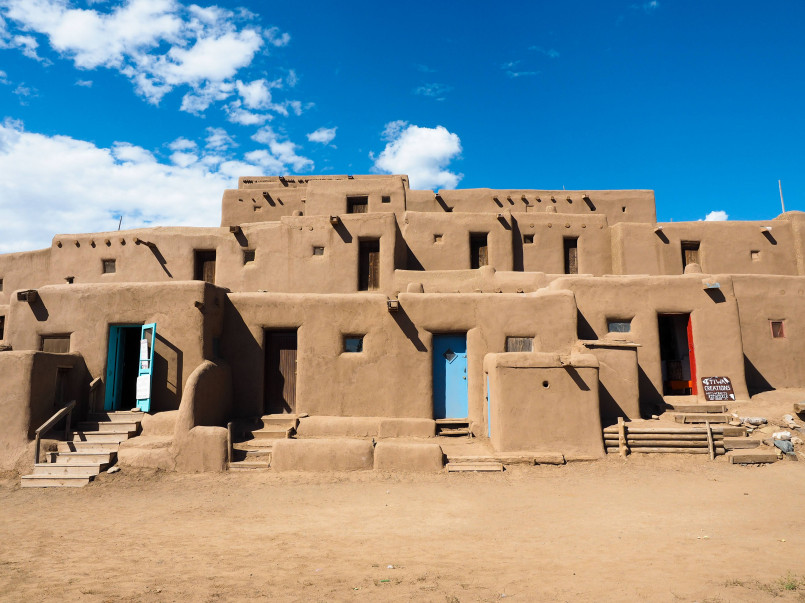
Cherokee, North Carolina
The town of Cherokee serves as the headquarters for the Eastern Band of Cherokee Indians and offers numerous opportunities to engage with Cherokee culture. The Museum of the Cherokee Indian provides an immersive chronological journey through 13,000 years of Cherokee history, from ancient origins through Trail of Tears hardships to contemporary revival.
At the Oconaluftee Indian Village, a recreated 18th-century Cherokee community, cultural experts demonstrate traditional crafts including pottery, basket weaving, and wood carving. Visitors can observe how daily activities were conducted before European contact and ask questions about Cherokee lifeways.
The outdoor drama "Unto These Hills" has been performed since 1950, telling the story of the Cherokee people with particular focus on the traumatic removal known as the Trail of Tears. For a deeper cultural immersion, time your visit during the Cherokee Fall Festival or other seasonal celebrations where you can experience traditional dances, music, and games.
Akta Lakota Museum, South Dakota
Located on the campus of St. Joseph's Indian School in Chamberlain, the Akta Lakota Museum (meaning "to honor the people" in Lakota) presents a balanced narrative of Northern Plains Indian history with special emphasis on the Lakota (Sioux) people.
The museum's collection includes historical artifacts alongside contemporary Native American art, demonstrating the living continuity of Lakota culture. Educational exhibits explore traditional seasonal camps, the devastating impacts of westward expansion, and contemporary Native resilience.
The outdoor medicine wheel garden and native plant gardens offer visitors insights into indigenous relationships with the natural world and traditional medicinal knowledge. The adjacent Akta Lakota Museum Store supports Native American artists and craftspeople, with proceeds benefiting educational programs for Native youth.
Indigenous Alaska Experience
Alaska Native cultures represent diverse traditions adapted to some of North America's most challenging environments. The Alaska Native Heritage Center in Anchorage serves as an excellent introduction, with life-sized traditional dwellings representing the state's major cultural groups: Athabascan, Yup'ik, Cup'ik, Inupiaq, St. Lawrence Island Yupik, Unangax̂, Sugpiaq (Alutiiq), Eyak, Haida, Tsimshian, and Tlingit.
In Southeast Alaska, Sitka National Historical Park preserves and interprets Tlingit culture alongside Russian colonial history. The park's collection of totem poles along forest trails creates a uniquely atmospheric cultural landscape. The Totem Heritage Center in Ketchikan houses the world's largest collection of original 19th-century totem poles recovered from abandoned village sites.
For immersive cultural experiences, time your visit to coincide with the biennial Celebration gathering in Juneau, when thousands of Southeast Alaska Natives gather for performances, art markets, and cultural sharing, or the World Eskimo-Indian Olympics in Fairbanks, featuring traditional athletic competitions that showcase incredible strength and endurance.
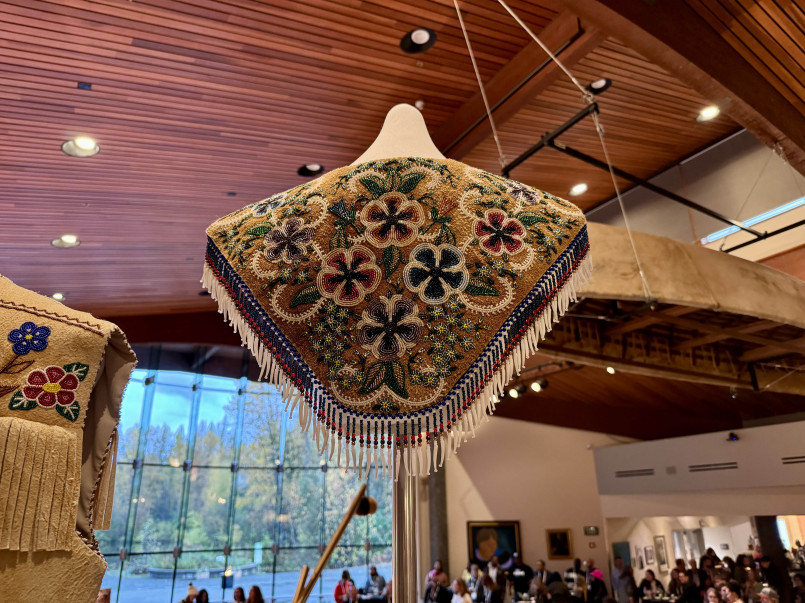
Tamkaliks Celebration, Oregon
Each July, the small town of Wallowa in northeastern Oregon hosts the Tamkaliks Celebration, a powerful homecoming gathering for the Nez Perce (Nimiipuu) people who were forcibly removed from their ancestral homeland in the Wallowa Valley in 1877.
The weekend-long powwow features traditional dancing, drumming, and singing, with participants in vibrant regalia representing numerous tribes from across the region. What makes this event particularly meaningful is that it represents a return to land with deep spiritual and historical significance for the Nez Perce.
Adjacent to the powwow grounds, the Wallowa Band Nez Perce Trail Interpretive Center helps visitors understand the complex history of the Nez Perce War of 1877 and Chief Joseph's famous surrender speech: "From where the sun now stands, I will fight no more forever." Time spent in this beautiful landscape with its living indigenous connections provides a profound perspective on American history.
Indian Pueblo Cultural Center, New Mexico
Owned and operated by the 19 Pueblo tribes of New Mexico, the Indian Pueblo Cultural Center in Albuquerque serves as a gateway to Pueblo culture, past and present. The center's museum exhibits explain the origin stories, agricultural traditions, artistic achievements, and contemporary lives of Pueblo peoples.
What makes this center exceptional is its regular schedule of traditional Native dances performed in the central courtyard. These aren't performances staged for tourists but authentic cultural expressions with deep spiritual significance, generously shared with respectful visitors.
The center's restaurant, Indian Pueblo Kitchen, offers traditional and contemporary Native cuisine featuring indigenous ingredients like blue corn, chiles, and bison. The adjacent Shumakolowa Native Arts shop sells authentic, high-quality Native American art with proceeds supporting Pueblo communities and artists.
Monument Valley, Arizona/Utah
The iconic red sandstone buttes of Monument Valley Navajo Tribal Park have become synonymous with the American West through countless films, but this landscape holds far deeper significance as ancestral Navajo (Diné) homeland. Visiting with Navajo guides provides cultural context impossible to gain on your own.
Licensed Navajo tour operators offer jeep tours into areas not accessible to the general public, where guides share traditional stories, point out ancient petroglyphs, and explain the spiritual significance of features in the landscape. Some tours include demonstrations of traditional practices like weaving or visits to a traditional hooghan (hogan) dwelling.
The View Hotel, owned and operated by the Navajo Nation, offers spectacular accommodations with each room featuring panoramic views of the valley. Staying overnight allows visitors to experience the magical changing light on the formations at sunrise and sunset, considered spiritually significant times in Navajo tradition.
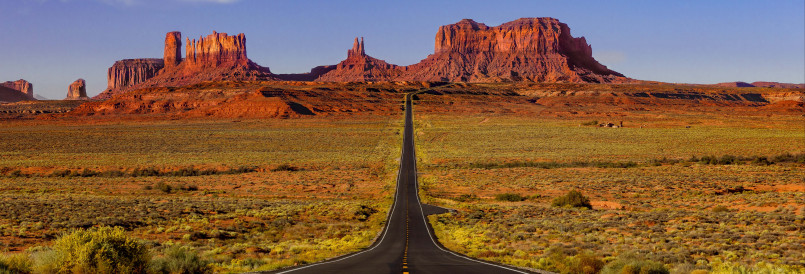
National Museum of the American Indian, Washington DC
As part of the Smithsonian Institution, the National Museum of the American Indian represents the most comprehensive collection of Native artifacts in the world, with objects from across the Western Hemisphere. The distinctive curvilinear building, designed in collaboration with indigenous communities, stands as a landmark on the National Mall.
What sets this museum apart is its commitment to telling Native stories from Native perspectives. Exhibition themes explore indigenous cosmologies, diplomatic relationships between tribal nations and the United States, the diversity of Native languages, and contemporary indigenous identity and resilience.
The museum's Mitsitam Cafe offers regional Native cuisines from throughout the Americas, allowing visitors to literally taste indigenous food traditions. Regular cultural demonstrations, films, and lectures create opportunities for deeper engagement with living Native cultures beyond the museum's impressive collections.
Frequently Asked Questions About 10 Must-Visit Places to Experience Native American Culture in the USA
What is the best Native American cultural site for families with children?
The Heard Museum in Phoenix and the National Museum of the American Indian in Washington DC offer excellent interactive exhibits designed for children. The Cherokee cultural attractions in North Carolina are also very family-friendly, with demonstrations of traditional games and crafts that engage younger visitors. Look for sites that offer hands-on activities like pottery making, storytelling sessions, or junior ranger programs.
Are there any etiquette rules I should follow when visiting Native American communities?
Yes, showing respect is essential. Always ask permission before taking photographs, especially during ceremonies or of individuals. Dress modestly when visiting pueblos or reservations. Follow all posted rules about restricted areas or sacred sites. During ceremonies, remain quiet and attentive. If purchasing arts or crafts, buy directly from Native artists rather than from souvenir shops, and understand that haggling is generally considered disrespectful in many Native communities.
What's the difference between a powwow and other Native American ceremonies?
Powwows are intertribal social gatherings centered around dance competitions, drumming, and singing, generally open to respectful visitors. They became popular in the 20th century as a way for Native peoples to gather and celebrate their cultures. Traditional ceremonies, by contrast, are often tribe-specific, may have religious significance, and might be closed to non-tribal members. When attending any Native event as a visitor, look for posted guidelines or ask organizers about appropriate participation.
How can I verify if Native American art is authentic?
Look for the Indian Arts and Crafts Act label, which indicates the artist is a member of a federally recognized tribe. The best places to purchase authentic pieces are directly from artists, at tribal museums and cultural centers, or at juried Native American art markets. Ask questions about the artist's tribal affiliation and the materials and techniques used. Be skeptical of bargain prices, as authentic handmade Native art requires significant time and skill to create.
When is the best time of year to experience Native American cultural events?
Summer and early fall feature numerous powwows, cultural festivals, and traditional ceremonies across the country. Specific tribal feast days, particularly in Southwest pueblos, occur throughout the year according to each community's calendar. November, designated as Native American Heritage Month, brings special programming at museums and cultural centers nationwide. Research specific events in advance, as some major celebrations like the Gathering of Nations Powwow in Albuquerque draw large crowds requiring advance planning.
Are there opportunities to learn about Native American food traditions?
Yes! The restaurant at the Indian Pueblo Cultural Center in Albuquerque and the Mitsitam Cafe at the National Museum of the American Indian both specialize in indigenous cuisine. Many cultural centers offer cooking demonstrations featuring traditional ingredients like blue corn, wild rice, bison, salmon, and foraged plants. Some reservations have restaurants serving traditional foods with contemporary influences, such as Tocabe in Denver and Little Water Cantina in Seattle, both Native-owned establishments.
